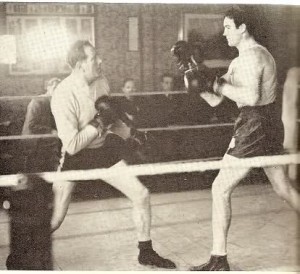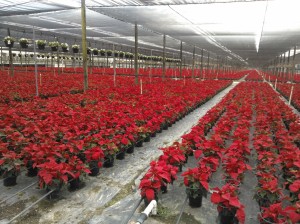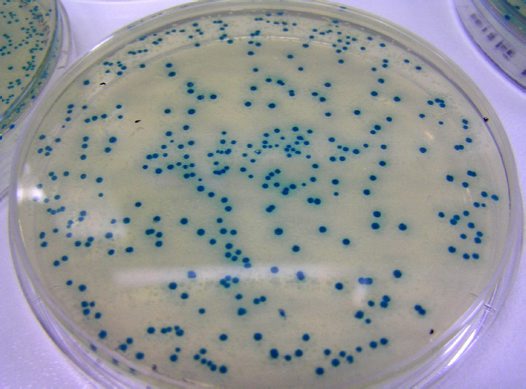A business accelerator is a fun and competitive (and crazy) experience. You will definitely learn a lot over the course of one. But remember, the accelerator itself is a business for the VC firm, exactly like your fledgling business. It’s not a charity. It’s not community service the VC firm does for the benefit of the community. It only exists to make money.
So if you are lucky enough to have you and your business selected to participate in an accellerator- What does that mean?
It means you need to start fighting.

The VC firm thinks that your business has a decent chance to become a profitable company. They think that their investment of $20,000 will yield returns of millions in a few years. They think that their business accelerator program will give you the training and the opportunities to achieve that business success. You might be surprised and flattered at this – we were. We liked our cool little idea, we thought it was nice that someone else was willing to give us a chance. We didn’t really take to heart that this was a business transaction where each side commits to making this a successful venture.
Our advice to you? Make them put their commitment in writing.
When we were first selected for the program, we signed a letter of intent, a brief 1.5 page document about our responsibilities to the accelerator. The responsibilities of the accelerator to us were not documented here, and we expected to see them in the detailed contract which was forthcoming. This 7 page contract was more detailed—but only about the nature and type of shares that we would give them in exchange for their financial and material support. Very practical, and, from our limited experience, reasonable. After all, it makes sense that these guys would want to protect their investment.
However, we also needed to think about protecting our own investment. We were leaving jobs, moving overseas, and committing fully to a program we would be dependent on for the next three months. Aside from the words ‘material support’, there was not another or further defined responsibility for the accelerator in the contract. No mention of the mentors or training that would be provided, no description of the facilities, no outline of the opportunities they would provide. Under our current agreement, there are many ways that we can be in violation of the contract, but it is impossible to hold the accelerator accountable. We are entirely dependent on their sense of fairness and goodwill – a dangerous place to be as a new start up.
So, when you receive the contract, start asking questions. Question yourself, your business partners, and question the accelerator. Identify your framework for success and express it confidently. If you require specific materials, facilities, mentoring, or consulting to be successful, verify that they can provide it and make them commit to providing it in writing before you sign. If you feel the terms are unfavorable say so, and have the research at hand to back it up. Reading the contract start to finish isn’t enough. You can read the whole thing, understand everything in it, and still not know what it means. Instead, try reading a section, then restating that section out loud to your business partners and advisors in your own words. You might see some obvious and trivially easy adjustments you can make to protect yourselves and your company.
Another note - absolutely everything is negotiable.

We negotiated. We agonized about it and spent hours drafting emails and worried that we’d be rejected from the program outright, but we shared our concerns. And as a result, we reduced the equity exchanged for their investment by 30%.
Remember your position at the negotiating table if you get a contract like this. They chose you. They think your idea, your business, your team has a chance of hitting it big. Their business depends on finding ideas and teams and businesses like yours, and they depend on you being a success. You need to address items that are important to you and work out contract wording that makes you confident in this partnership. A good business partner will respond to your concerns, a bad one will dismiss them with “that’s not important.”
It may very well be that this is your only shot and you have to take it regardless of the terms – that’s fine. Such is life. But it never hurts to stand up for yourself. You will need that backbone to make it in the business world.







